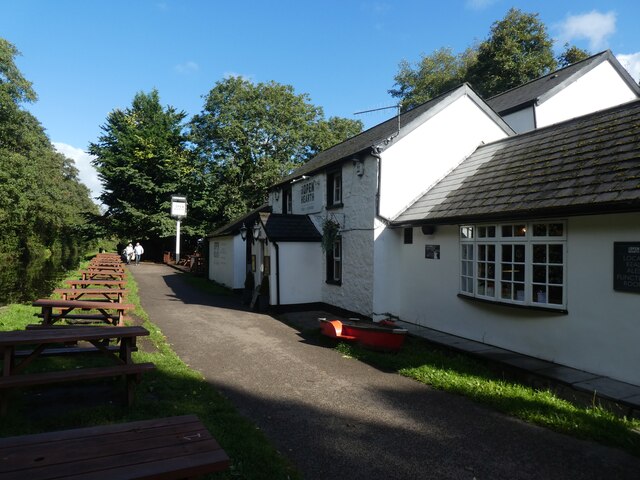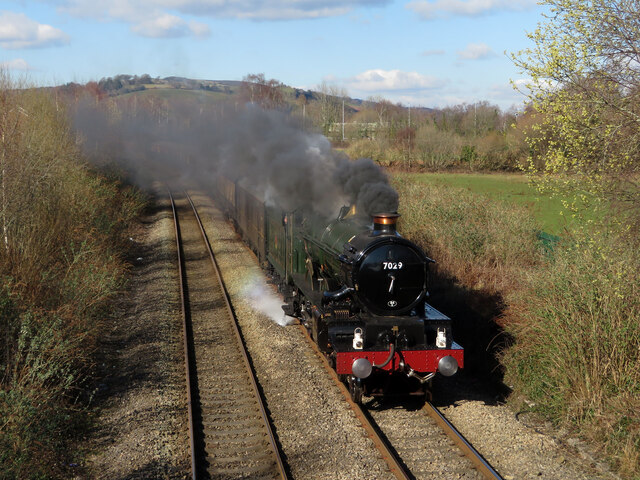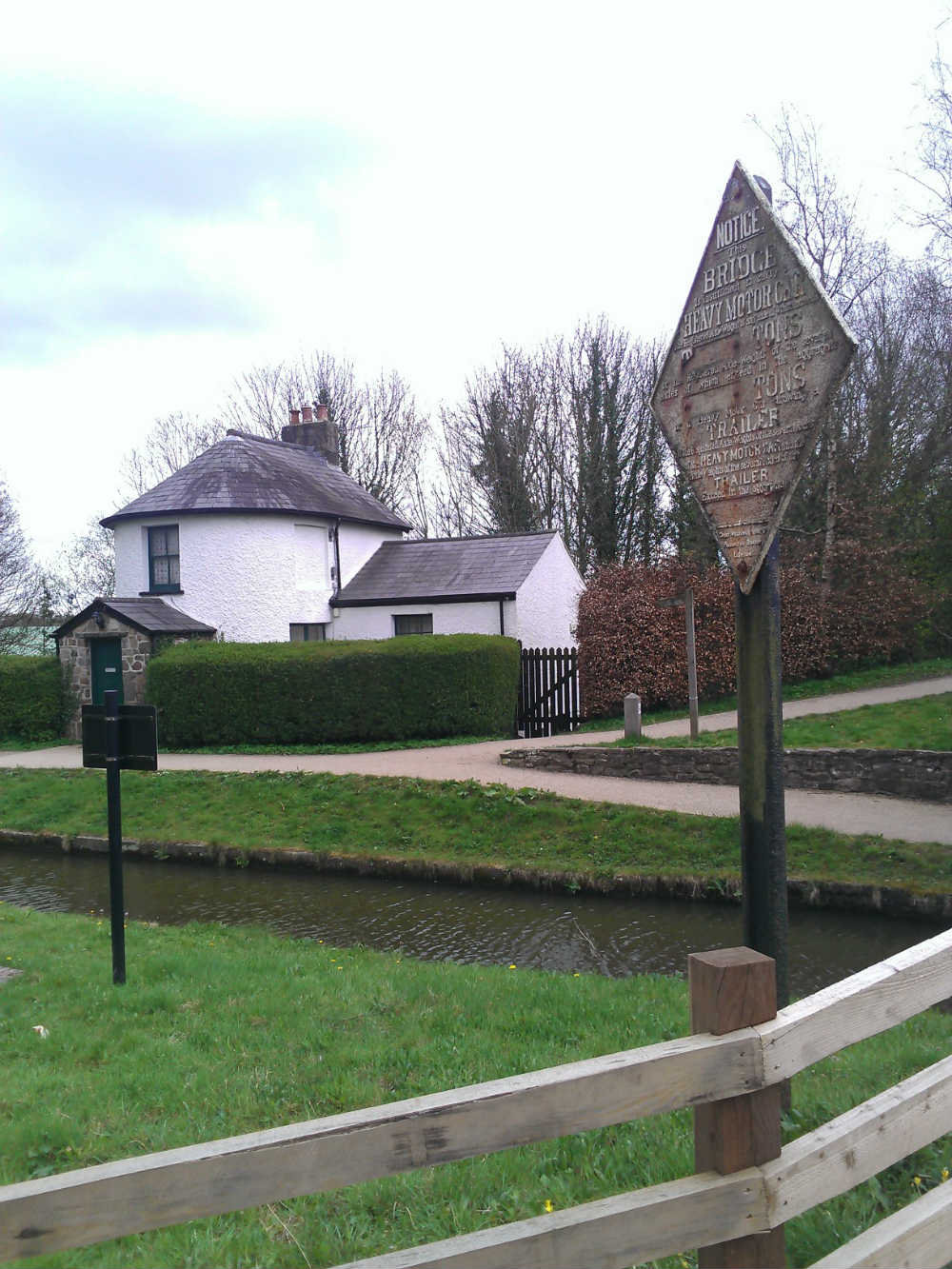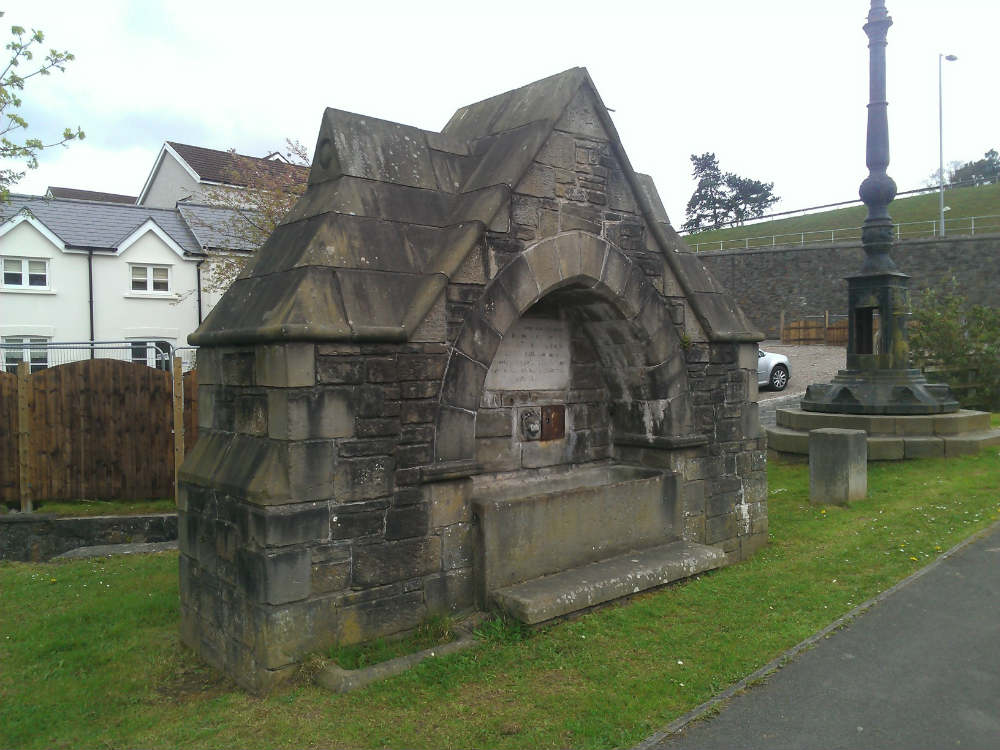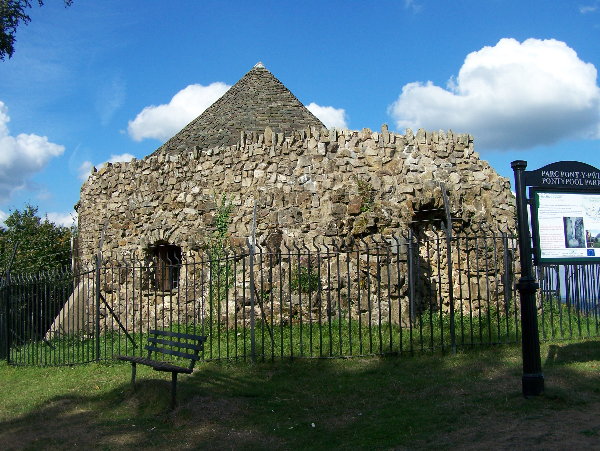Canal Junction
Lake, Pool, Pond, Freshwater Marsh in Monmouthshire
Wales
Canal Junction

Canal Junction is a picturesque area located in Monmouthshire, Wales, known for its beautiful lake, pool, pond, and freshwater marsh. Situated amidst lush greenery and surrounded by rolling hills, this natural haven offers a serene and tranquil environment for visitors and wildlife alike.
The main attraction of Canal Junction is its stunning lake, which spans several acres and is a haven for water enthusiasts. Its crystal-clear waters provide the perfect setting for activities such as boating, fishing, and swimming. The lake is also home to a variety of aquatic life, including fish, waterfowl, and amphibians.
Adjacent to the lake is a pool, which is a smaller water body that is often used for recreational purposes. It is an ideal spot for families and children to enjoy a refreshing swim or simply relax by the water's edge.
Moreover, Canal Junction boasts a charming pond, which is a smaller body of water that is rich in biodiversity. This pond is teeming with various species of aquatic plants, insects, and small fish, making it a favorite spot for nature enthusiasts and birdwatchers.
In addition to these water bodies, Canal Junction is also home to a freshwater marsh, characterized by its spongy ground and abundance of reeds and other marsh plants. This marsh ecosystem provides a vital habitat for numerous species of birds, insects, and small mammals, creating an ideal environment for birdwatching and nature photography.
Overall, Canal Junction in Monmouthshire is a natural oasis that offers a diverse range of aquatic landscapes, from the expansive lake to the charming pool, pond, and freshwater marsh. It is a haven for nature lovers and a place where visitors can immerse themselves in the beauty and tranquility of the Welsh countryside.
If you have any feedback on the listing, please let us know in the comments section below.
Canal Junction Images
Images are sourced within 2km of 51.695792/-3.0259653 or Grid Reference SO2900. Thanks to Geograph Open Source API. All images are credited.





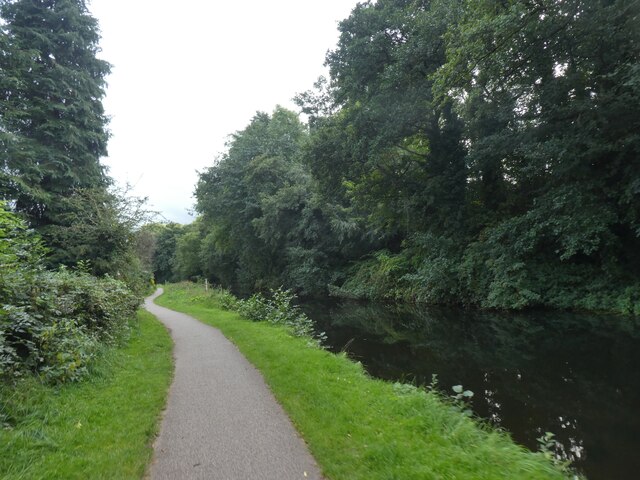

Canal Junction is located at Grid Ref: SO2900 (Lat: 51.695792, Lng: -3.0259653)
Unitary Authority: Torfaen
Police Authority: Gwent
What 3 Words
///palace.stored.tricky. Near New Inn, Torfaen
Nearby Locations
Related Wikis
Pontymoile Basin
Pontymoile Basin is a mooring point and canal junction on the Monmouthshire & Brecon Canal. == Location == The basin lies on the Pontypool stretch of the...
Griffithstown Railway Museum
Griffithstown Railway Museum was a railway memorabilia museum located in Griffithstown, Torfaen, South Wales. It was housed in a former Great Western Railway...
Pontymoile
Pontymoile (Welsh: Pont-y-moel) is a suburb of Pontypool in Torfaen, South Wales. It is all but merged with the nearby suburbs of Cwmynyscoy and Upper...
Blaendare Road Halt railway station
Blaendare Road Halt railway station served Pontymoile and Cwmynyscoy to the south of Pontypool town centre in Torfaen, South Wales, UK. == History == The...
County Hospital, Torfaen
County Hospital (Welsh: Ysbyty'r Sir) is a community hospital in Griffithstown in the county borough of Torfaen, Wales. It is often referred to locally...
Pontypool Clarence Street railway station
Pontypool Clarence Street railway station was a station on the former Taff Vale Extension (TVE) of the Newport, Abergavenny and Hereford Railway. The TVE...
West Monmouth School
West Monmouth School (Welsh: Ysgol Gorllewin Mynwy; colloquially: West Mon) is a state-funded and non-selective secondary school in Pontypool, Torfaen...
Shell Grotto, Pontypool
The Shell Grotto - (Welsh: Groto Cregyn) - (sometimes called the Shell Hermitage) is a Grade II* listed (as of 7 February 1962) late-18th-century stone...
Nearby Amenities
Located within 500m of 51.695792,-3.0259653Have you been to Canal Junction?
Leave your review of Canal Junction below (or comments, questions and feedback).







